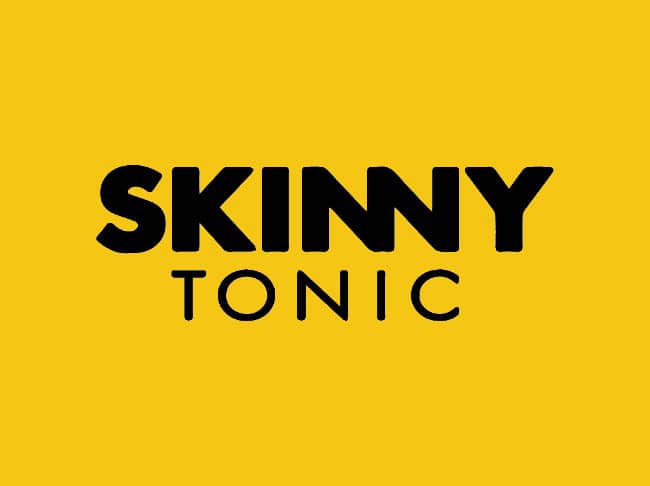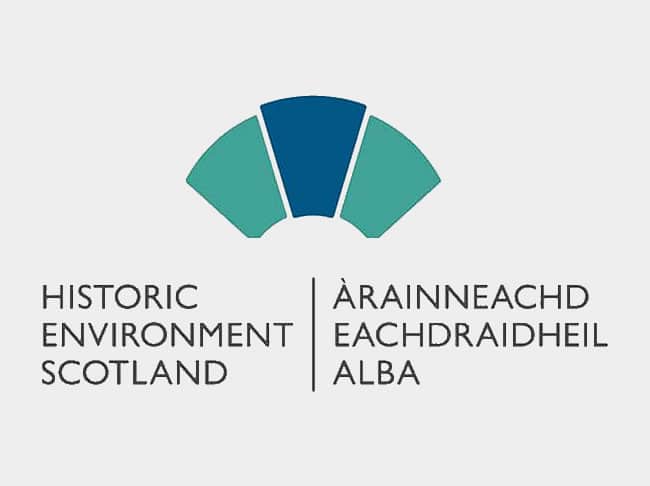
The robot application is totally reliant on the End of Arm Tooling (EOAT)
There are ‘Off the Shelf’ toolings that you can buy that will be suitable for the basic applications. But we find that the majority of applications require ‘Bespoke’ EOAT. We have the skill to design the correct EOAT for your application. We take into account when we design the application that the total lifting capability of the robot MUST include the weight of the EOAT. So, with this in mind, we design the correct tooling for the application and ensure that the ‘Total Load’ remains within the capabilities of the robot. With the various software packages that we use, we can include the designed EOAT into any of the POC Simulations.
Types of EOAT we supply and configure:
- Welding torches
- Grippers
- Force-torque sensors
- Tool changers
- Visual inspection
- Material removal tools
Manufacturers we work with


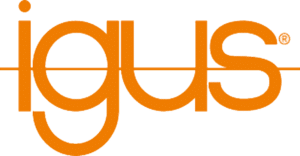

EOATCustom End of arm tooling
At CBM-Logix we create EOAT’s to suit our customers products.
The design of the EOAT (End-of-Arm Tooling) is primarily dictated by the product it interacts with. For instance, when handling loosely stacked items, suction cups are impractical, and a clamping tool that also holds from beneath becomes a more suitable choice. Key factors like cost, weight, performance, durability, and repeatability are essential considerations in EOAT design. For instance, opting for a heavy EOAT tool would necessitate a larger and more costly robot to accommodate it, leading to a significant cost increase that could potentially derail the project. At CBM-Logix we specialise at considering all these variables and providing the best tooling for the job.
We have created custom solutions for:
- Handling porous materials
- Handling multiple/loose goods
- Handling heavy goods
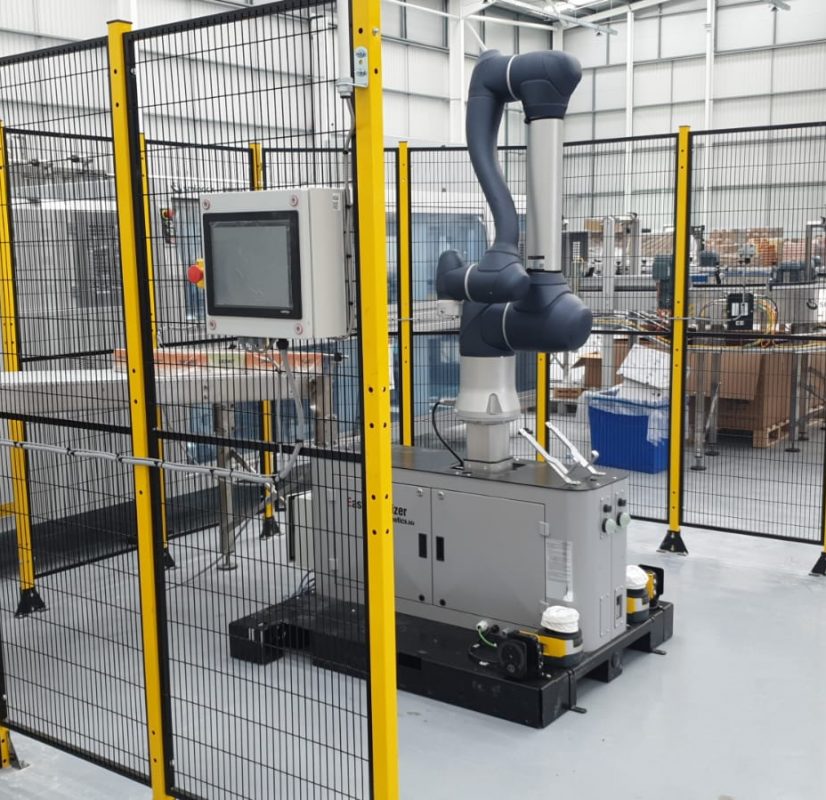
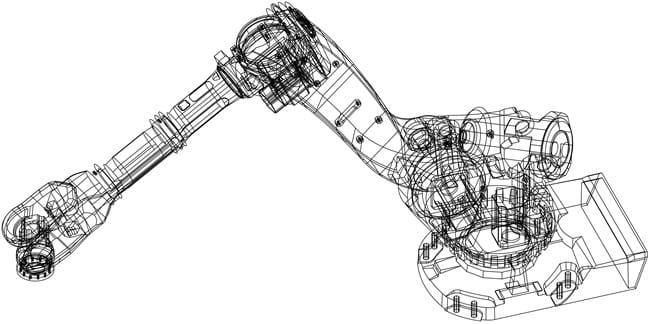
Proof of concept (POC) simulation
A proof of concept is a preliminary test or demonstration to assess the feasibility and viability of a new idea, technology, or concept before committing to full-scale implementation.
Proof of concepts serve as vital safeguards for both our team and the end customer, allowing us to gauge the feasibility of a project without immediate full-scale investment. They offer the advantage of assessing the viability before making financial commitments, ensuring that all parties can decide to proceed or not without undue risk or disappointment.
We have their backTrusted by








